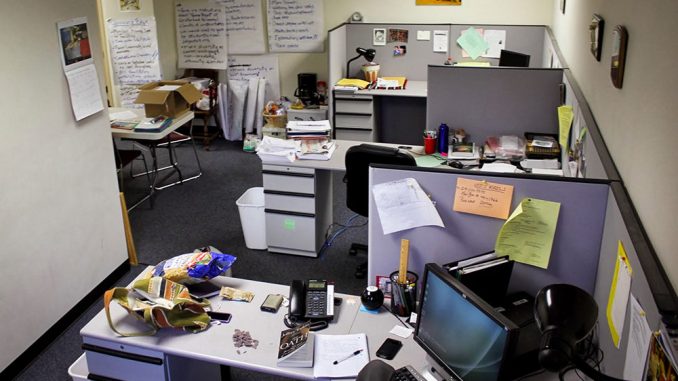
When he was a child, Paul’s friends would call him crazy because of his lofty ideas – he would argue it was just their way of saying he had an overactive imagination. Never did he think that one day, one crazy idea would be the bellwether of a nationwide movement.
Paul is serving a life sentence at the State Correctional Institution in Dallas, Pa. In 1997, he helped establish the Inside-Out program, an educational exchange organization that provides learning for college students inside prisons, involving incarcerated persons. It is one of the few programs in the country that offers postsecondary education to the incarcerated.
The idea was sparked when he was invited to be a part of a panel to discuss issues with crime and punishment with criminal justice students from Temple in 1995. Inspired by the students’ enthusiasm and insight, he presented an idea to create a class comprised of incarcerated men and women and students. Paul approached Lori Pompa, an instructor at the time, and the two created what is now a national program and a growing global phenomena.
“I could never have imagined doing anything like this in my life,” Pompa said.
The program is unique because it’s the only one that brings college students and classes into the prison while simultaneously educating incarcerated men and women. Typically, learning in that setting is one-sided, focused on the educational opportunity for only the “outside” students, which is how the college students are known.
“We bring classes
in through the back door, in a sense,” Pompa said. “Inside-Out isn’t a degree granting organization, but a lot of times for people [it] is very enlightening or eye-opening.”
Inside-Out expanded to the State Correctional Institute at Graterford, Pa., in 2002, where the Graterford Think Tank was created as an extension of the exchange program. Today, it meets on a weekly basis to organize projects and develop Inside-Out curriculum.
Paul is still an active participant. For confidentiality purposes, incarcerated participants are known only by their first names.
“What happens in that room is that you see the inside guys and outside guys as equals,” Pompa said. “The dialogic nature of this approach really allows people to bring a different perspective to the table – and all perspectives are different.”
Pompa received the Soros Justice Fellowship grant in 2003, which she used to expand the program to reach schools and educators across the country.
Since then, Inside-Out’s participation has grown to 10,000 students and nearly 310 instructors in 37 states. Inside-Out is now planning a national replication plan to execute a state-by-state expansion for the Inside-Out model.
“We are not going in to study the guys, we are not going in to help the guys, it’s not advocacy, it’s not activism and it’s not about building relationships that will step outside of that classroom – it’s about education,” Pompa said. “The root of the word ‘education’ is ‘to draw out.’ People should be able to think about things and make connections. I would much rather have someone leave at the end of the semester not knowing [a] precise set of facts than to not be able to think about [those facts in general].”
Though it was originally created to encourage intellectual conversation between incarcerated individuals and students, Inside-Out has become a national transformative learning experience. Inside-Out programs are being instituted in universities across the country and in Canada.
“What happens in the classroom is really amazing,” Pompa said. “First, it started out as criminal justice classes and then sociology got involved. Then, professors were telling their colleagues to do theater classes and humanities classes at the prison. So now you have people teaching across the arts and humanities and even law inside the prison, and it’s just awesome. This has gone places that none of us could have imagined. We couldn’t even plan that, the way that it evolved.”
Almost a decade ago, prisons allowed college-level classes, and hundreds of classes were offered to incarcerated men and women. This stopped in 1994 when the Violent Crime Control and Law Enforcement Act, which funded these programs, was repealed.
Now, Inside-Out allows for incarcerated persons to have educational opportunities once again. Both Paul and Pompa have received significant feedback about the dynamic effect the program has had on students and instructors.
In a 2010 interview with Inside-Out, Paul called the program a “soul-penetrating, multileveled educational experience that not only elevated my intellectual curiosity, but also inspired new hope for our capacity as human beings to engender a more humane and just society.”
Students, whose identities are also protected, said they value the program as well.
“My experience with the Inside-Out Program has really opened my eyes to many things,” said one “outside” student participant, who remained anonymous for the organization’s standards of privacy. “Not only was this an opportunity to learn more about prisons and our criminal justice system, but I learned a lot about myself as well. I have to admit that I didn’t really believe that I would grow so much as an individual, but this experience has really allowed me to see many things in a far different light.”
Brian Tom can be reached at brian.tom@temple.edu.


Be the first to comment